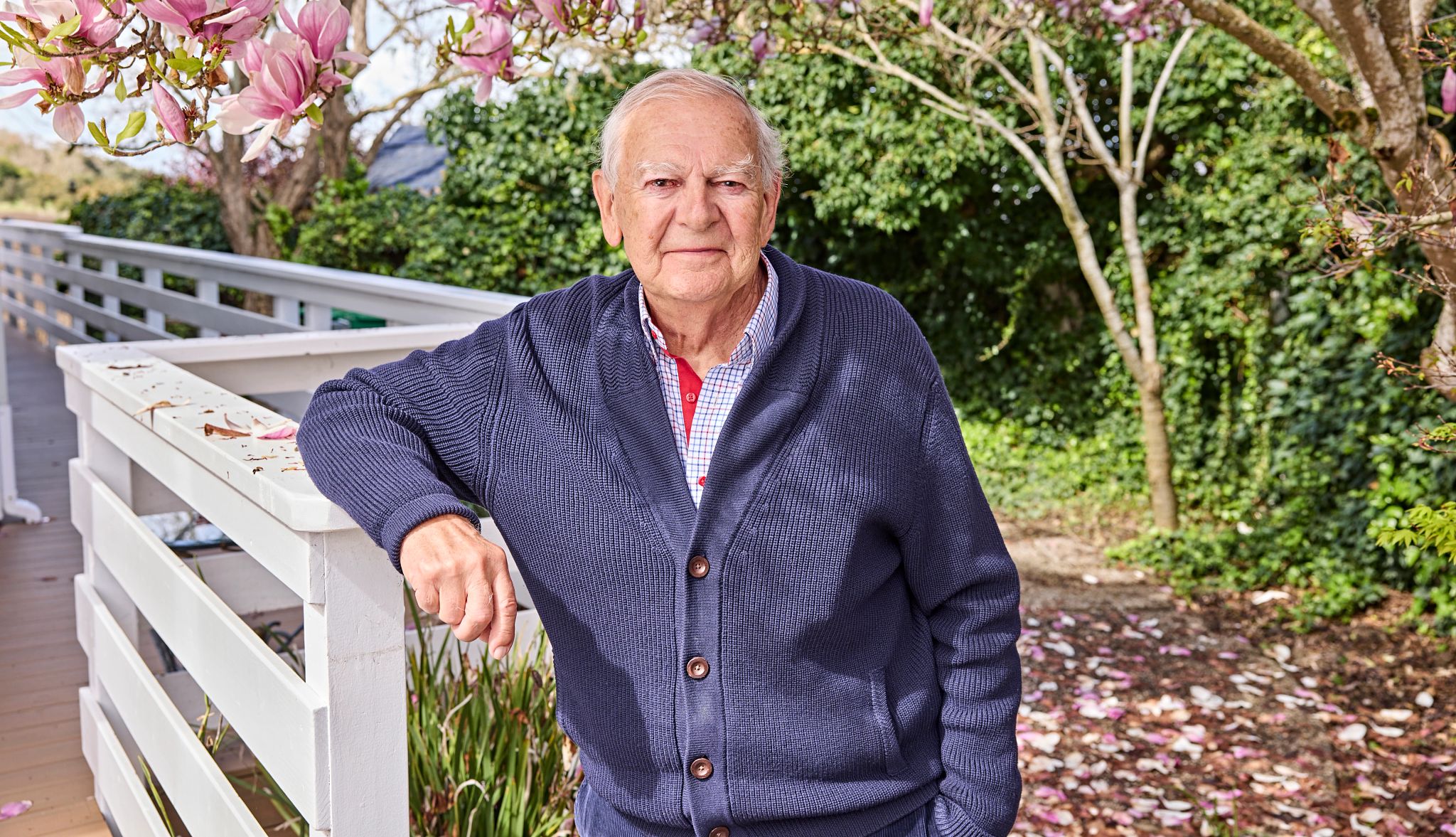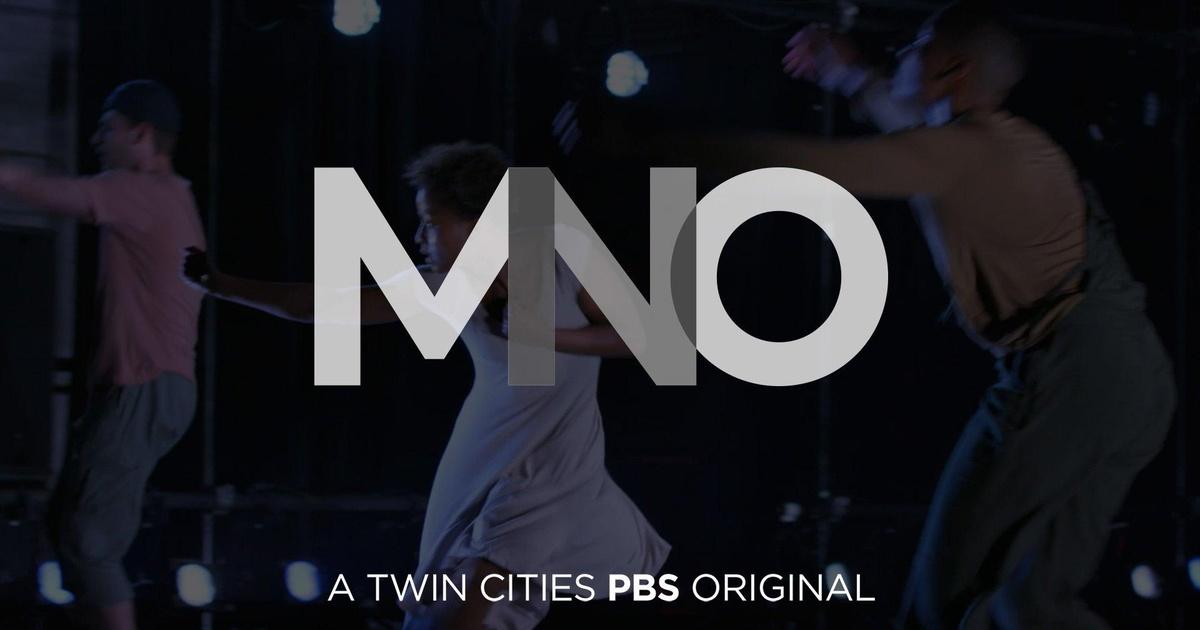
- Select a language for the TTS:
- UK English Female
- UK English Male
- US English Female
- US English Male
- Australian Female
- Australian Male
- Language selected: (auto detect) - EN
Play all audios:
While doing fieldwork at Hadar, Ethiopia in 1974, American paleoanthropologist Donald Johanson, then 30, found Lucy, the fossil that changed the way we view our common ancestry. Lucy was
dated to 3.2 million years ago and classified in 1978 as the first known member of _A. afarensis_, a species thought to be one of the direct ancestors of modern humans. As founder of the
Institute of Human Origins, now part of Arizona State University, Johanson continues to explore what being human means, and he tells AARP how it felt to discover Lucy, what's keeping
him busy these days, and what he feels we humans need to do to adapt and survive. Life changed for you forever in the Afar desert in Ethiopia when you saw a fossilized bone you recognized
as humanlike. Describe that moment. My first thought was, “This is unbelievable.” There was my childhood dream right at my feet. My dad was a barber who died when I was 2. But I was lucky
as a kid to meet my mentor, an anthropologist who let me use his library. At age 13, I had an epiphany after reading Thomas Henry Huxley’s book, _Evidence as to Man’s Place in Nature._ It
predicted that someday someone will find an ape more humanlike or a man more apelike. That someone turned out to be me. Your team named her Lucy after a favorite Beatles song. What made her
special? Lucy was the ape who stood up. She walked like we do. We found the pelvis and leg bones that look a lot like ours. But her face was very apelike and her brain was the size of an
orange. We now have hundreds of specimens of Lucy’s species, _Australopithecus afarensis._ They didn’t have symbolic language or art. But they were living together, which is an example of
cooperation, one of the key factors for why humans have survived. In this 1981 photo, Johanson displays a plaster-cast skull of the female skeleton he named "Lucy." Bettmann
Archive/Getty Images Why does Lucy still get so much attention? She reshaped our understanding of the origins of the human family tree. My hypothesis, which remains the predominant view, was
that Lucy’s species was the last common ancestor to other branches of her species that went extinct and the branch that led to our own species, Homo sapiens. Also, I think Lucy caught the
public’s imagination because she was a prehuman they could visualize. It wasn’t a little piece of jaw. We recovered 40 percent of her skeleton. In January you returned to Hadar, the site of
your groundbreaking find. That was a very emotional moment for me. I knew in 1974 it would be important for my career and the quest to find fossils, but not how enduring it would be. Now
being 80, I’m grateful for being alive to see how significantly that discovery influenced the last 50 years.




